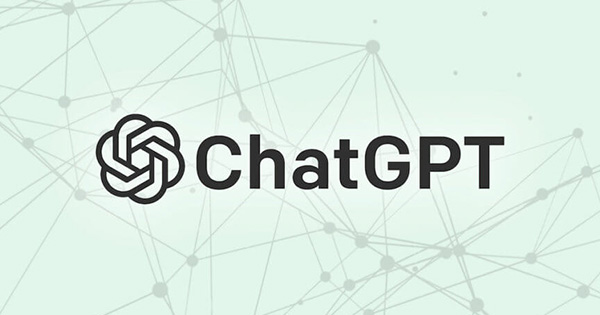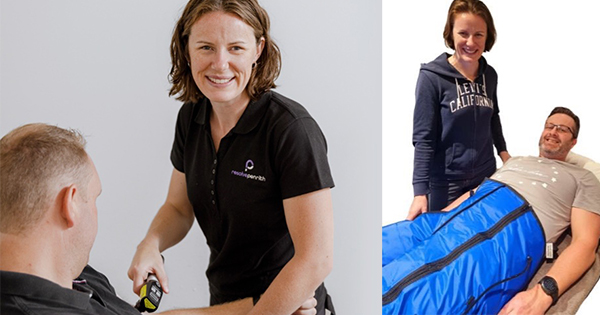The early intervention of breast cancer-related lymphoedema (BCRL), under a prospective surveillance and screening model of care, has proven clinical efficacy. Since Stout et al’s 2012 publication on the model, numerous studies have been published with meta-analyses demonstrating the model’s efficacy (Shah et al, 2021; Rafn et al, 2022).
The prospective surveillance and early intervention model of care for lymphoedema involves two components: education and screening for signs of lymphoedema. The components of the model include the following:
- An education protocol involving delivering early information on what lymphoedema is and what the evidence-based risk factors are for the development of lymphoedema.
- A screening protocol, every 3–6 months, assessing for signs of lymphoedema with a tape measure and bioimpedance spectroscopy (BIS) for the first few years following breast cancer treatment. Screening should occur before breast and lymph node surgery, such as a sentinel lymph node biopsy.
- If lymphoedema is diagnosed, compression garments, scar management, graduated exercise prescription and additional education are prescribed as treatment.
The importance of online education
Fu et al (2022), in a systematic review on the experiences of breast cancer survivors, stated that: “timely self-management education and access to lymphoedema treatment and related resources are important for survivors to prevent and manage lymphoedema”. Research has shown that patients with breast cancer search online for information and they desire accurate and factual information that is easy to understand (Perrault et al, 2020). Therefore, digital health communication warrants investigation to understand if the information being provided is factual and easy to understand.
Digital health communication technologies are evolving rapidly. The application of artificial intelligence (AI) to healthcare is one such technology undergoing rapid development.
ChatGPT (OpenAI; San Francisco, CA/Version 3.0) is an AI application that can simulate human responses to natural language input by predicting the most probable next word in a string of text. With this sophistication, ChatGPT can be used as a chatbot, where despite being a computer program it can simulate conversation with human users (Open AI, 2023a).
One application of ChatGPT is in the answering of common health questions (Pavlik, 2023). Ayers et al (2023) compared the responses of physicians and chatbots to patient questions posted on a social media forum accessible to the public. The ratings for the quality and empathy of chatbot responses were significantly higher than those for physician responses.
However, ChatGPT may have limitations, such as providing inaccurate information. The software provider includes a warning on the dashboard stating that the technology has limited access to data after 2021, which may impact the validity of the responses (Open AI, 2023b). The validity and feasibility of ChatGPT in providing information on the early intervention of BCRL has not been investigated.
Methods
Four queries, well-written and typed by an experienced lymphoedema practitioner, were entered into ChatGPT. On the same day in May 2023, response validity was assessed in two ways. Initially, a lymphoedema physiotherapist and Casley-Smith Education-recognised trainer assessed the information against common clinical knowledge and the type of information that would be expected from a trained lymphoedema practitioner. Secondly, the online information contained on two well-known Australian websites was compared with the generative AI responses (Table 1).
The Australian websites were selected based on their ranking prominence on popular search engine results (i.e. placement on the first page of Google search) and monthly website visits. The websites were the Breast Cancer Network Australia (BCNA; www.bcna.org.au) and the Australasian Lymphology Association (ALA; www.lymphoedema.org.au).
The BCNA website provides breast cancer patients with information pertinent to their treatment. The website states that: “Breast Cancer Network Australia (BCNA) is Australia’s leading breast cancer consumer organisation” (BCNA, 2024). The website had 62,600 visits in April 2023 (Similar Web, 2023a). The website had a global rank of 1,356,089, country rank of 32,810 and is ranked 157 in the category of health conditions and concerns in Australia.
The ALA website provided health practitioners with information on lymphoedema. The website was ranked globally 3,995,851, had a country rank of 127,584 and category rank of 1,662 for health conditions and concerns in Australia. It had a total of 11,200 visits in April 2023 (Similar Web, 2023b).
Website content was searched by using the search function on each site. The presented pages were then scanned for key words pertaining to the early intervention of BCRL including the terms lymphoedema, breast cancer, diagnosis, early intervention
and risk factors.
Results
Breast Cancer Network Australia
The BCNA website provided information directed to patients on:
- The definition of lymphoedema.
- Tips for reducing the risk of lymphoedema by partaking in skin care and keeping active.
- Symptoms of lymphoedema.
- How to manage lymphoedema.
- Emerging treatments.
- How to find a lymphoedema practitioner. A link was provided to the ALA’s national lymphoedema practitioner register (ALA, d).
- Compression garments.
- Lymphoedema facts (BCNA factsheet, 2020).
Australasian Lymphology Association
The ALA website provided some information on what lymphoedema is, “the importance of early diagnosis” and “early warning signs” (ALA, b). The information was positioned towards healthcare practitioners, including a webpage on “the importance of early diagnosis of lymphoedema for medical practitioners” (ALA, c) and a position paper on the “Early detection of breast cancer-related lymphoedema” (Dylke, 2019).
Artificial intelligence (ChatGPT)
The initial query entered into ChatGPT was,
“I have been diagnosed with breast cancer. I am scared of getting lymphoedema. What should I do?”
The first AI-generated response [Figure 1]involved:
Acknowledgement of their condition: “I’m sorry to hear about your diagnosis.”
Recommendation to seek medical help: “Remember that lymphoedema can be managed with proper treatment and self-care. Don’t hesitate to reach out to your doctor or a lymphoedema specialist for support and guidance.”
Practical steps that could be taken, including understanding what lymphoedema is and how it can be caused, talking to their doctor about their concerns, taking steps to reduce their risk, being aware of the signs and symptoms and following a lymphoedema management plan if diagnosed.
The second question[Figure 2] asked for further information on how someone undergoes early intervention, “Can you please define the early detection of lymphoedema? What is involved with lymphoedema being detected early?”
The second AI-generated response spoke about signs and symptoms of lymphoedema including looking out for swelling. The chatbot included appropriate advice to receive monitoring: “If you are at risk of lymphoedema due to breast cancer treatment, your doctor may recommend regular monitoring for signs of the condition, such as measuring the circumference of your arm or using other diagnostic tools. They may also provide you with self-care tips to help reduce your risk of developing lymphoedema or managing symptoms if they occur”.
The third query [Figure 3] included asking what is meant by other diagnostic tools from the chatbot’s second response. The AI-generated response replied with a list of other technology including lymphoscintigraphy, bioimpedance spectroscopy (BIS), circumferential measurements and water displacement. BIS being the most appropriate response in addition to circumferential measures.
The fourth query then sought to ascertain whether the chatbot would recommend medical help by asking, “I am still scared about developing lymphoedema. I am based in Sydney, Australia. Can you tell me where I can get help?” [Figure 4].
The AI-generated response included several resources available for help including recommendations for the patient to see their doctor, a lymphoedema clinic, physiotherapist or occupational therapist, support groups and visit online resources. Specific information was included, such as using the ALA website to search for a lymphoedema clinic.
Conclusion
In addition to searching websites for online information, in the future patients may use chatbots to acquire online information. In this single case study, chatbot responses encouraged a user to seek early care for their lymphoedema by seeing a suitably trained health professional and looking out for signs of swelling. The AI-generated responses were of similar standard to online information contained on two well-known Australian websites. Further research is warranted on generative AI technologies including validity and reliability of responses when questions contain misspellings and lack context.







